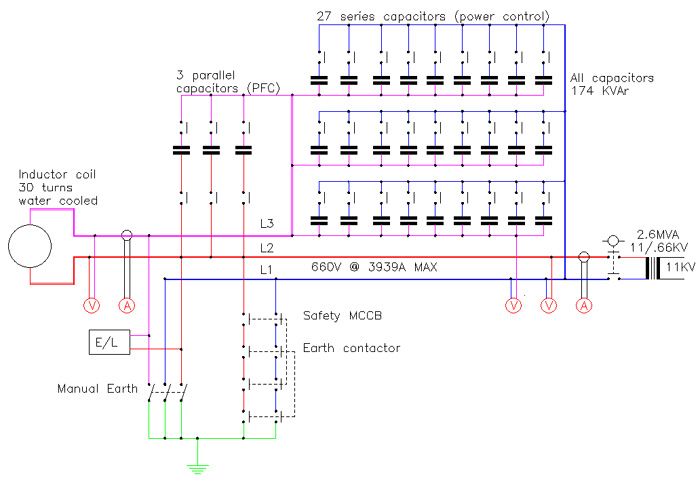Alessandro
Member
Obviously the circuit/installation tested should be safely isolated, but...
This is the story: our tutor asked us to find out how insulation resistance can be done on a live circuit. He had to do it once to test several circuits at a military base, and the "client" specifically requested that the whole installation remain live. What the circuits were feeding was a military secret and he was not allowed to leave the room. An armed soldier was guarding the door. That was 15 years ago and he made 500 pounds a day for this job.
I'm only curious, how would you do it? He said that there is ONLY ONE WAY of doing it, but refused to explain how. He said that we should ask around and find the answer.
So the circuits are live and feeding the loads. Even if I only test between lives and earth, there would be continuity through the supply transformer and back through the mass of earth. Any ideas? Or is he just taking the mick?
This is the story: our tutor asked us to find out how insulation resistance can be done on a live circuit. He had to do it once to test several circuits at a military base, and the "client" specifically requested that the whole installation remain live. What the circuits were feeding was a military secret and he was not allowed to leave the room. An armed soldier was guarding the door. That was 15 years ago and he made 500 pounds a day for this job.
I'm only curious, how would you do it? He said that there is ONLY ONE WAY of doing it, but refused to explain how. He said that we should ask around and find the answer.
So the circuits are live and feeding the loads. Even if I only test between lives and earth, there would be continuity through the supply transformer and back through the mass of earth. Any ideas? Or is he just taking the mick?





